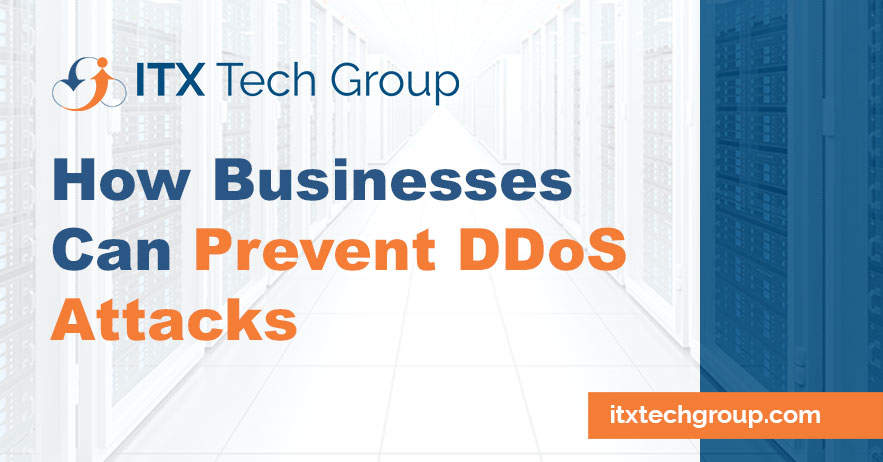In the vast digital landscape, Distributed Denial of Service (DDoS) attacks represent a menacing storm that can disrupt online operations, compromise customer trust, and inflict financial damage on businesses.
As technology evolves, so do the tactics of malicious actors.
In this article, we’ll unravel the intricacies of DDoS attacks, explore their potential consequences, and delve into effective strategies that businesses can employ to prevent these threats and protect their digital fortresses.
Deciphering DDoS Attacks
DDoS attacks aim to inundate a target’s online services with a barrage of traffic, rendering them inaccessible to legitimate users.
Unlike traditional Denial of Service (DoS) attacks that originate from a single source, DDoS attacks employ a network of compromised devices, collectively overwhelming the target.
The Anatomy of DDoS Attacks
DDoS attacks can take various forms:
- Volumetric Attacks: Flood the target with excessive traffic, consuming bandwidth and resources.
- TCP/IP Attacks: Exploit vulnerabilities in networking protocols, saturating the target’s connections.
- Application Layer Attacks: Focus on specific applications, overwhelming them with malicious requests.
- Amplification Attacks: Exploit poorly configured servers to amplify attack traffic.
Potential Consequences
The repercussions of a successful DDoS attack can be severe:
- Downtime: Services become inaccessible, disrupting operations and frustrating users.
- Loss of Revenue: E-commerce platforms can experience direct financial losses due to disrupted sales and transactions.
- Customer Dissatisfaction: Users might lose trust in a brand’s reliability and security.
- Reputation Damage: News of an attack can tarnish a business’s reputation and erode customer confidence.
- Operational Costs: Mitigating attacks involves investing in resources, both financial and human.
Strategies for Preventing DDoS Attacks
Businesses can employ various strategies to protect against DDoS attacks:
- Traffic Scrubbing Services: Collaborate with DDoS protection providers that filter and divert malicious traffic away from the target.
- Content Delivery Networks (CDNs): Distribute traffic across multiple servers to absorb attack traffic and ensure continuity.
- Rate Limiting and Traffic Shaping: Restrict incoming traffic to manageable levels, preventing sudden surges that indicate an attack.
- Anomaly Detection Systems: Monitor network behavior for abnormal patterns and automatically trigger protective measures.
- DDoS Preparedness Plan: Develop a comprehensive plan outlining steps to take in the event of an attack to minimize its impact.
Education
Human awareness is a powerful defense:
- Employee Training: Educate employees about DDoS threats, including how to recognize and respond to potential attacks.
- Communication: Keep customers, partners, and stakeholders informed about ongoing threats and how the business is safeguarding against them.
Conclusion
In a landscape where technology evolves at lightning speed, DDoS attacks remain a persistent threat. However, businesses armed with knowledge and proactive prevention strategies can bolster their digital fortresses against these disruptive storms.
By adopting a multi-faceted approach that encompasses technological defenses, human awareness, and preparedness, businesses can effectively safeguard their operations, customer trust, and reputation.
In the face of DDoS threats, resilience is not just a virtue; it’s a necessity for survival in the digital age.
ITX Tech Group has been serving small, medium, and large scale businesses with their IT support needs all over the United States since 2011, so we’re confident we can provide you with affordable, professional IT solutions for years to come!
Connect with us for a free consultation to discuss your business technology needs.

